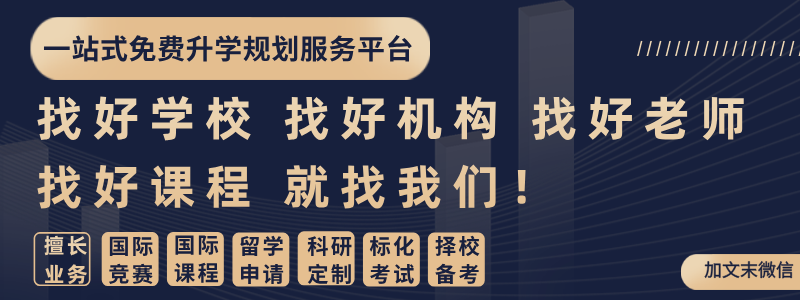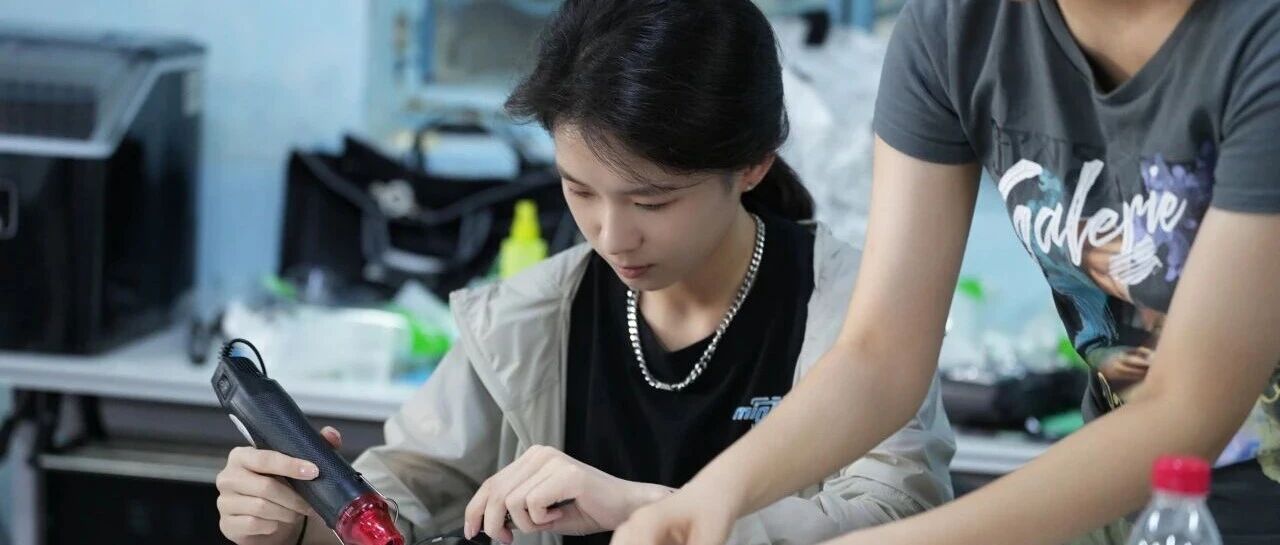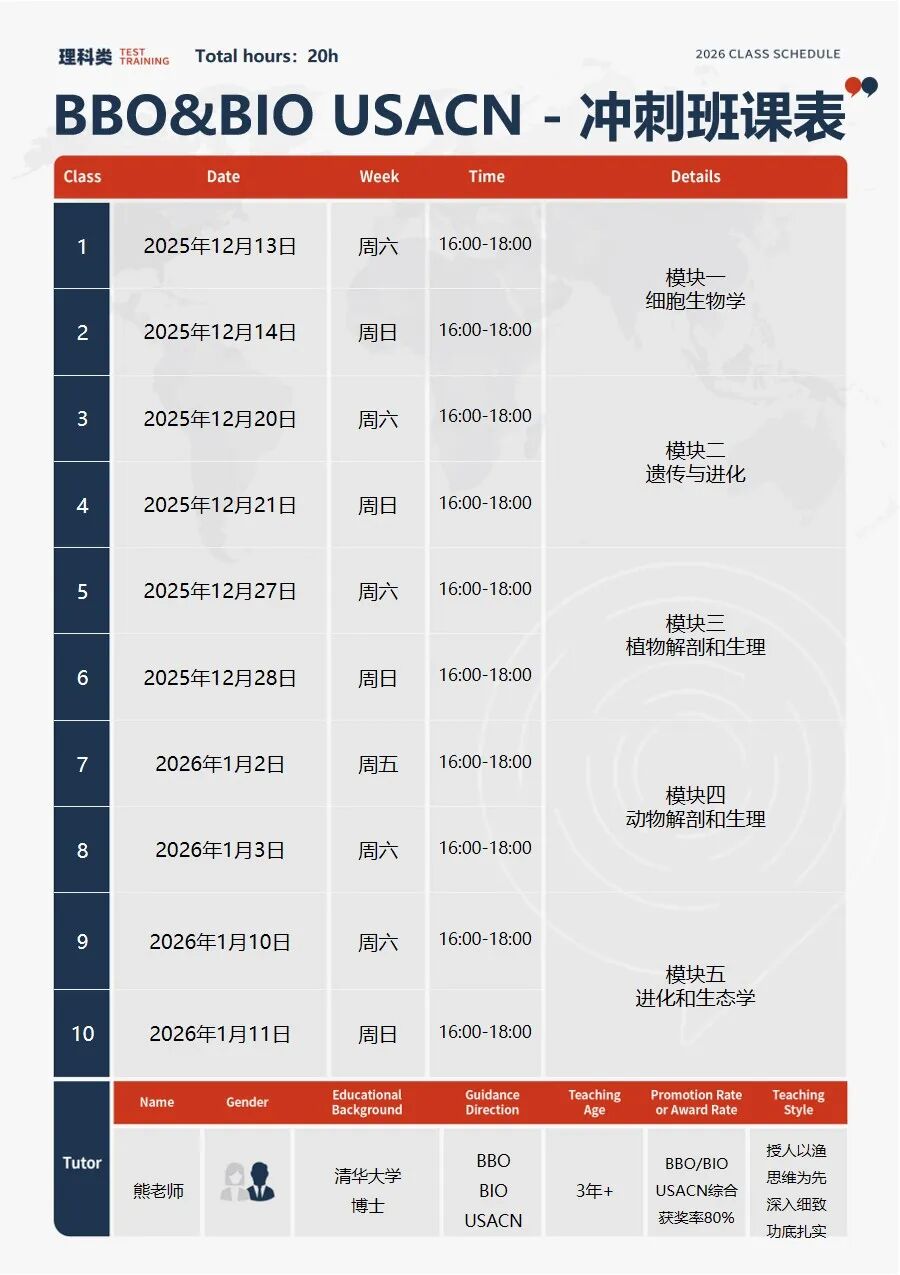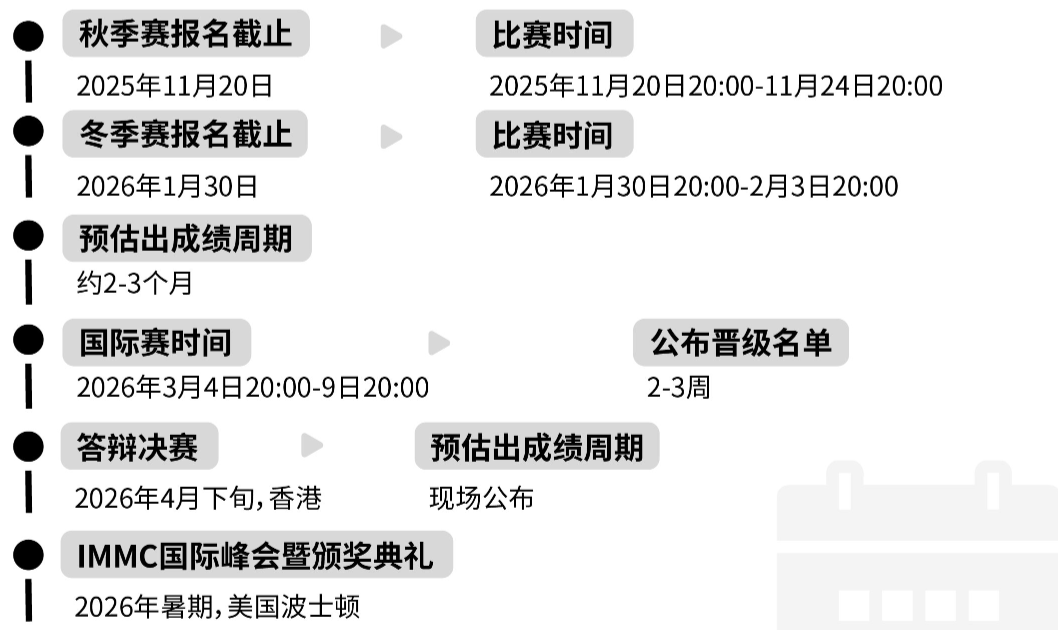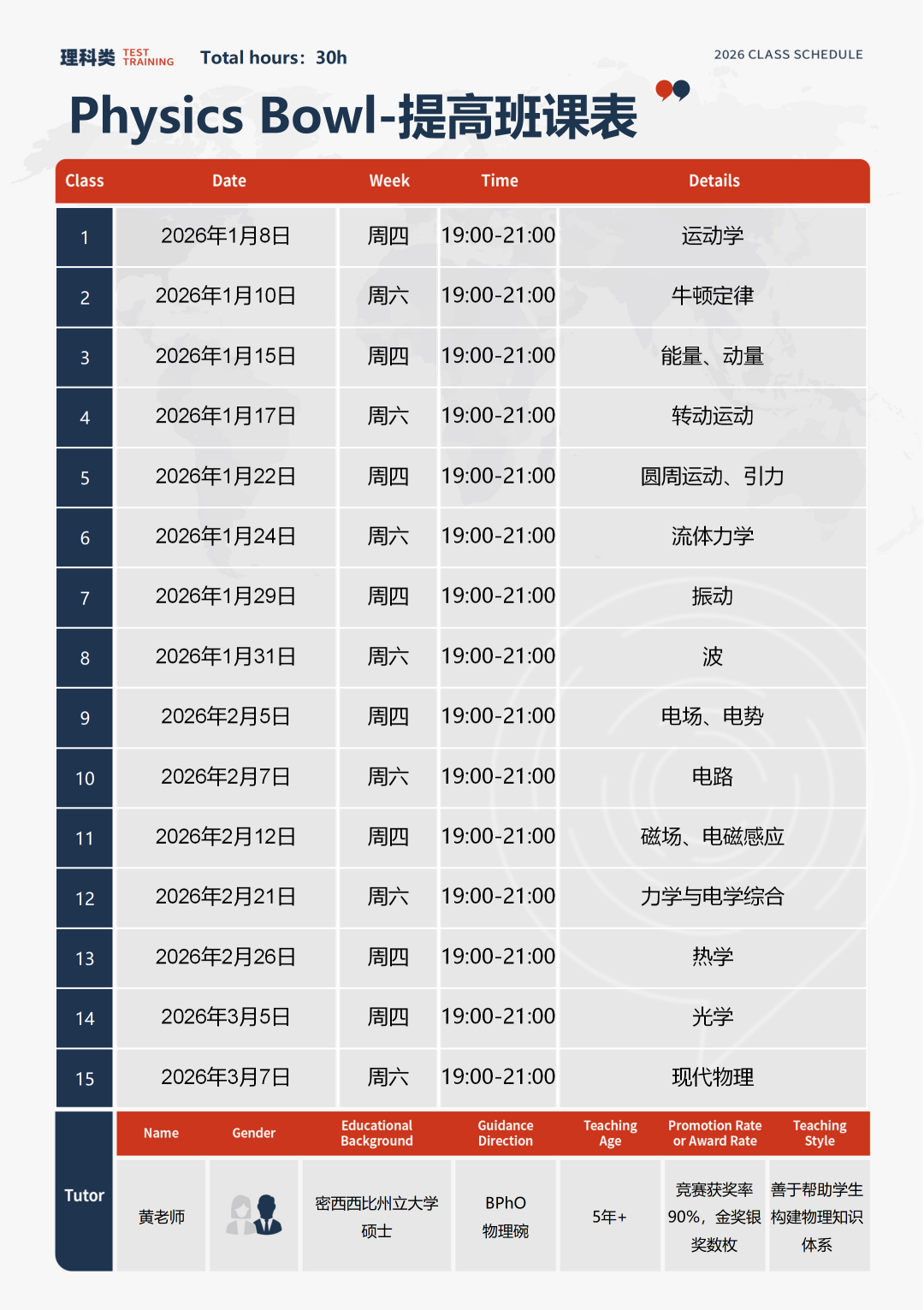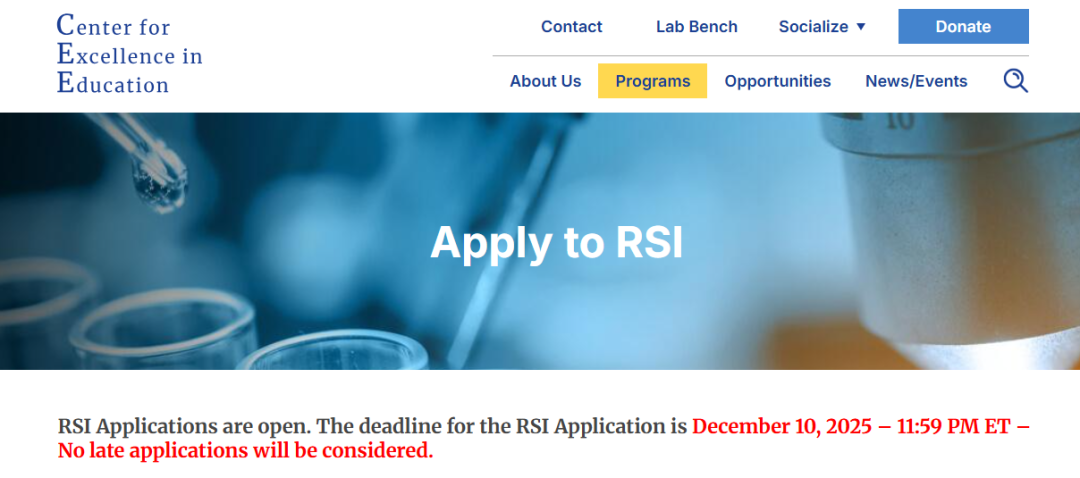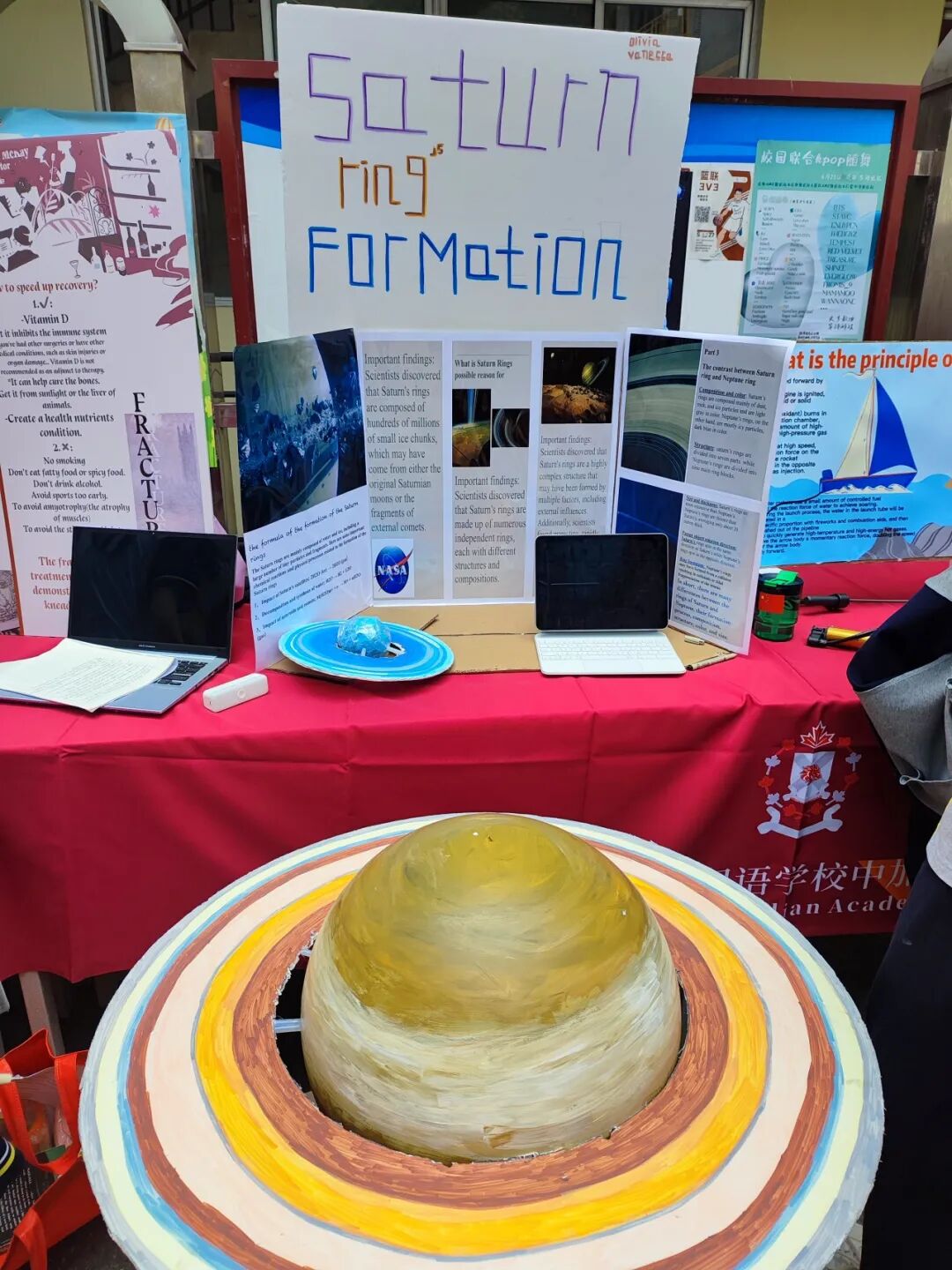WSC Weekly
2025世界学者杯
the World Scholar's Cup
@WSC小学者们!Jerry喊你来看
WSC Weekly专栏啦!
2025年度主题:重燃未来
Reigniting the Future
WSC Weekly专栏将精选最新话题内容
助力小学者准备世界学者杯!
让我们怀着
永恒的学术精神与信念
探索未来的无限可能吧!
锁定每周WSC Weekly
上期回顾&Quiz答案揭晓
在2025年世界学者杯第27期WSC Weekly栏目中,我们与小学者一起了解了古人是如何利用不同的占卜术预测未来。在上期的趣味Quiz中,你是否找到了正确答案?现在就让我们一起来揭晓吧!
古人是如何占卜未来的?
The ancient divination techniques
第27期Quiz答案揭晓:
Which of the following divination technique relies least on tools?
下列占卜技法中,哪一种对工具的依赖程度最低?
A. Ornithomancy 鸟卜术
B. Alectryomancy 鸡卜术
C. Pyro-osteomancy 灼骨占
D. Bibliomancy 书占术
E. Hydromancy 水占术
正确答案:A
Key: A
2025年第28期
Weekly Intro
音游仅仅是跟着节奏点点屏幕吗?它是如何从街机地垫演化至虚拟现实的?
本期Weekly将回顾节奏游戏的发展历程,揭秘其背后的科学益处,一起来看看吧!
2025 No.28
用游戏机来蹦迪的音游是如何风靡全球的?
The brief history of rhythm games
音游的定义与核心魅力
如果你是一位游戏爱好者,那你可能对音游并不陌生。音游,又称为节奏游戏,是电子游戏中最能展现音乐与动作之乐的类型之一。这类游戏的核心不仅仅是“赢”,而是“演出”——让玩家随着节奏点击、弹奏、歌唱,甚至跳舞。从街机的跳舞机到客厅里的乐队游戏,再到如今的虚拟现实设备,音游已经演变为全球现象。然而,它的魅力远不止娱乐。研究表明,基于节奏的游戏不仅可以增强协调能力、提升注意力,还能促进语言发展,甚至有助于病后或伤后的康复。
If you're a gaming enthusiast, you're probably no stranger to rhythm games. Few genres in gaming capture the joy of music and movement as powerfully as rhythm games.These are titles that challenge players not simply to win, but to perform—to tap, strum, sing, or dance in sync with a beat.From arcade dance floors to living room jam sessions and today’s virtual reality headsets, rhythm games have evolved into a global phenomenon. But their appeal goes beyond entertainment.Research shows that rhythm-based play can enhance coordination, sharpen attention, support language development, and even aid in rehabilitation for people recovering from illness or injury.
节奏游戏的雏形初现
音游的雏形出现在20世纪80年代末。1987年,任天堂推出了一款名为《Dance Aerobics》(有氧健身操)的健身游戏,配合NES主机和Power Pad地垫控制器,搭配节奏明快的音乐进行锻炼。虽然技术原始,但它已初现将“动作”与“音乐”结合的交互娱乐形式。到了1990年代中期,日本开发者开始认真探索将节奏作为核心玩法的可能性。科乐美1997年推出的《Beatmania》(狂热节拍)让玩家使用DJ风格的控制器跟随滚动的音符演奏,而索尼1996年推出的《PaRappa the Rapper》(啪啦啪啦啪)则将说唱对战和问答式节奏操作带入家庭。这些游戏的突破在于,它们将“聆听”变成了“行动”——玩家不再只是欣赏音乐,而是参与音乐的演出。
The first stirrings of rhythm-based play appeared in the late 1980s. In 1987, Nintendo released Dance Aerobics, a quirky fitness game for the NES that paired upbeat songs with the Power Pad floor controller.Though primitive, it hinted at a new kind of interactive entertainment: one where the player’s movements were tied directly to music.By the mid-1990s, Japanese developers began to experiment more seriously with rhythm as gameplay. Konami’s Beatmania (1997) introduced players to DJ-style controllers and scrolling notes, while Sony’s PaRappa the Rapper (1996) brought rap battles and call-and-response mechanics into homes worldwide.These titles were groundbreaking because they turned listening into action—players didn’t just consume music, they performed it.
街机时代的文化热潮
真正的音游热潮发生在1990年代末的街机时代。1998年,科乐美推出的《Dance Dance Revolution(简称DDR)》(跳舞革命)彻底改变了音游的玩法——它要求玩家用全身参与,在箭头地垫上跟随J-pop或电子舞曲的节拍跳舞。这是一种将运动、表演与游戏融合在一起的体验。DDR也成为一种社交活动:街机设备本身就是表演舞台,玩家在观众的欢呼声中竞赛。它不仅是一款游戏,更是一场文化运动。DDR的成功催生了大量节奏街机游戏,如《Drummania》(狂热鼓手)、《Pop’n Music》(流行音乐)和世嘉的《Samba de Amigo》(摇摇乐派对)。同时,像《SingStar》和《Karaoke Revolution》这样的卡拉OK类游戏也将节奏玩法拓展至歌唱表演。这一时期确立了音游在主流市场中的地位,特别是在街机文化蓬勃发展的东亚地区。
The true explosion of rhythm games came with the arcades of the late 1990s.Konami’s Dance Dance Revolution (DDR), released in 1998, transformed the genre by demanding full-body participation. Players stepped on large arrow pads in sync with thumping J-pop or techno beats, creating a mix of exercise, performance, and play. DDR was a social spectacle: arcade cabinets doubled as dance stages where crowds cheered competitors.It wasn’t just a game—it was a cultural movement.DDR’s success led to a flood of other arcade rhythm titles, including Drummania (drums), Pop’n Music (button-based melodies), and Sega’s Samba de Amigo (maracas). Karaoke-based games like SingStar and Karaoke Revolution expanded rhythm gaming into vocal performance.These years cemented rhythm games as a mainstream genre, particularly in East Asia, where arcades thrived.
西方市场的崛起与演变
进入2000年代中期,音游在西方市场迎来高潮,这要归功于小型开发工作室Harmonix对音乐交互的热情。2005年,他们推出的《Guitar Hero》(吉他英雄)引发文化热潮,配合塑料吉他控制器,玩家可以尽情模仿摇滚巨星,演奏著名乐队Aerosmith到Metallica的经典名曲。之后,《Rock Band》(摇滚乐队),更进一步加入了鼓、贝斯与主唱,真正把客厅变成小型演唱会舞台。这些游戏不仅受欢迎,甚至形成产业现象:在其巅峰时期,《吉他英雄》的营收可与好莱坞大片媲美。然而,由于后期推出的续作和衍生作过多,市场在2010年左右迅速饱和并下滑。但《吉他英雄》和《摇滚乐队》打下的基础,使音游市场没有消失,而是进入新的演化阶段。
In the mid-2000s, rhythm games stormed Western markets thanks to Harmonix, a small studio passionate about music interaction. Their release of Guitar Hero in 2005, using a plastic guitar controller, became a cultural phenomenon. Suddenly, anyone could feel like a rock star, shredding to classics from Aerosmith to Metallica. The franchise was followed by Rock Band (2007), which expanded the formula to include drums, bass, and vocals, turning living rooms into full concert stages.These games weren’t just popular—they were massive: Guitar Hero became a multi-billion-dollar franchise at its peak, rivaling even blockbuster movies in revenue.For a time, rhythm games dominated pop culture, fueling sales of peripherals and even inspiring real-world musical learning. However, the market became oversaturated by 2010, with too many sequels and spin-offs, leading to a sharp decline. Despite this downturn, the foundations laid by Guitar Hero and Rock Band ensured rhythm games would evolve rather than disappear.
现代音游的多样化创新
2010年代,音游进入了多样化的新形态。移动手机端游戏如《Tap Tap Revenge》(劲乐团)、《Cytus》(音乐世界)和《Deemo》(古树旋律)吸引了数百万玩家,证明即使没有笨重控制器,节奏玩法也能大放异彩。Ubisoft自2009年起推出的《Just Dance》(舞力全开)系列将家庭变成舞池,通过动作捕捉与流行歌曲结合,成为全球家庭娱乐首选。同时,独立开发者带来许多艺术化尝试,如《Thumper》(暴走甲虫)和《Sayonara Wild Hearts》(再见狂野之心),将节奏机制与视觉叙事深度融合。最重要的创新可能来自虚拟现实技术(VR):2018年的《Beat Saber》(节奏光剑)重新定义了VR时代的音游,玩家手持光剑劈砍节奏方块,配合电子乐曲完成体感演出。该游戏将身体动作、沉浸视觉与音乐节奏完美结合,为新一代玩家重新点燃了对音游的热情。
The 2010s saw rhythm games shift into new formats. On mobile, games like Tap Tap Revenge, Cytus, and Deemo reached millions of players, showing that rhythm gameplay could thrive without bulky controllers. Ubisoft’s Just Dance (2009 onwards) turned living rooms into dance floors, combining motion capture with pop hits to become a global family favorite. Indie developers also revitalized the genre with artistic experiments such as Thumper (a self-described “rhythm violence” game) and Sayonara Wild Hearts, which fused rhythm gameplay with striking visual storytelling.Perhaps the most important innovation came with virtual reality. Beat Saber (2018) redefined rhythm gaming for the VR era, asking players to slash blocks with glowing sabers in time to electronic beats.The game combined physical movement, immersive visuals, and musical timing in ways unimaginable a decade earlier, revitalizing the genre for a new generation.
音游的科学益处与研究验证
除了娱乐功能,音游在大脑与身体方面的益处已获得科学验证。神经科学显示,人类天生能与节奏同步,这一过程涉及小脑和基底节等运动和感知区域。这意味着音游不仅可以提升身体协调,也能增强认知能力。研究发现,通过节奏类游戏进行训练,有助于帕金森病人、中风患者或发展障碍者的运动技能康复。节奏也能促进语言发展——比如发展性语言障碍的儿童,通过节奏刺激可以改善语法与语音感知。此外,音游还能增强社交联系和身体健康。例如,研究发现玩《跳舞革命》和《舞力全开》提供了堪比有氧运动的锻炼效果;歌唱类游戏还能帮助中风后的语言康复。由于这些游戏具有趣味性,玩家更容易坚持练习,从而强化神经通路,提升记忆力、注意力和运动表现。
Beyond entertainment, rhythm games have measurable benefits for the brain and body. Neuroscience shows that humans naturally synchronize to beats, a process involving motor and perceptual regions like the cerebellum and basal ganglia. This means rhythm games can improve not only coordination but also cognitive skills.Studies suggest rhythmic training through music games can help retrain motor skills in patients with Parkinson’s disease, stroke, or developmental disorders.They also support language skills—children with developmental language disorders, for instance, may benefit from rhythmic stimulation to strengthen grammar and speech perception.Rhythm games also foster social connection and physical health. Games like DDR and Just Dance provide cardio workouts disguised as play. Singing-based games may even aid speech rehabilitation after stroke. And because these games are fun, they encourage consistent practice, which strengthens neural pathways and enhances memory, attention, and motor performance.
Weekly关键词 Key Words►
rhythm games 音游,节奏游戏
所属话题
No Backup, But Restore
相关阅读
https://splice.com/blog/history-rhythm-games/
Weekly FUN Quiz
相信现在你已经知道了音游从街机到VR的演变历程及其对身心健康的积极影响了吧!那就快来参与本期Weekly FUN Quiz👇,告诉老师你的答案吧!
Quiz
Which of the following statements about the development of rhythm games is inaccurate?
关于节奏游戏的发展,以下哪项陈述不准确?
A. Dance Aerobics (1987) for the NES is often seen as an early precursor to the rhythm game genre. 任天堂娱乐系统(NES)平台的《有氧健身操》(1987)常被视为音游类型的早期先驱。
B. PaRappa the Rapper (1996) turned arcade cabinets into dance stages where crowds often gathered. 《啪啦啪啦啪》(1996)将街机柜变成了舞池舞台,常吸引人群聚集。
C. Rock Band (2007) expanded the rhythm game experience to include drums, vocals, and bass guitar alongside lead guitar. 《摇滚乐队》(2007)将节奏游戏体验扩展至鼓、人声、贝斯与主音吉他。
D. Just Dance (2009) became a global sensation by combining motion capture with popular music tracks. 《舞力全开》(2009)通过结合动作捕捉技术与流行音乐曲目引发全球热潮。
E. Beat Saber (2018) combined VR immersion with rhythm gameplay, using sabers to slash beats in time with music. 《节奏光剑》(2018)融合VR沉浸体验与节奏玩法,玩家需挥舞光剑配合音乐节奏劈砍节拍。


